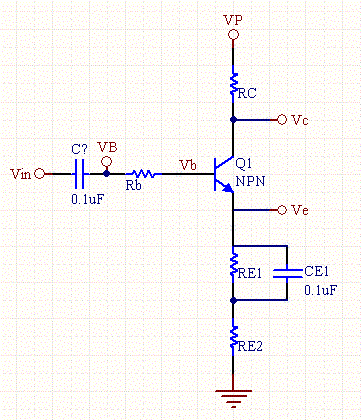

with an average gate current of about 400mA.Īt these frequencies the power dissipated in the MOSFET, gate resistor and driver will probably be enough to destroy them. This means if you are modulating power to a load, the frequency that you can drive it at is highly dependent on the voltage you are switching. So we know the device is voltage driven so why do we need \$R_\$ charges back up which are made longer due to the inclusion of the load resistance in the charge path. Simulate this circuit – Schematic created using CircuitLab NOTE: I am only going to illustrate N-Channel devices here, but P-Channel works by the same mechanisms. Let's look at your typical MOSFET circuit.

However, how the gate actually works is probably one of the least understood characteristics for many would be designers. The fact that they are voltage driven and that, when on, they have very low resistances make them the device of choice for many applications. MOSFETs are remarkable devices which provide many benefits when driving various loads. I would advise to put a resistor footprint just in case, and start with a 0R jumper. This is a bit of a band-aid, a tight layout is preferable. A resistor will dampen the oscillations, at the cost of slower switching. This adds inductance in the gate which can cause the MOSFET to osillate. In case the layout is suboptimal with a long gate trace.Fortunately the chip's pinout makes it easy to achieve a low inductance decoupling. If local decoupling is not good enough, this current could make VCC sag, triggering the chip's UVLO. Reduce the current spike drawn from the supply during MOSFET turn-on.But in this case you may as well use a weaker (cheaper) driver. Slow down the switching to reduce EMI.The gate resistor can still have uses though: Its maximum value depends on acceptable switching losses (switching slower causes more switching losses). The gate resistor will only slow things down by reducing gate drive current, so its optimum value is zero ohms. If you selected this driver, which has huge output current (7A) then I presume you need this gate drive current to switch a very large FET very fast.


 0 kommentar(er)
0 kommentar(er)
